When it comes to designing and delivering successful construction projects, architects wear many hats. But one area that can often fall through the cracks in the early design stages is drainage. While it’s not as glamorous as glazing or floor finishes, getting drainage right from the start is critical to avoiding costly delays, last-minute design changes, or even rejection by water authorities.
At Premier Drainage Solutions, we regularly work with architects across London and the South East to resolve drainage issues that could have been avoided with early input. Here are five of the most common pitfalls we see in architectural projects, and how to steer clear of them.
1. Overlooking Existing Drainage in the Early Stages
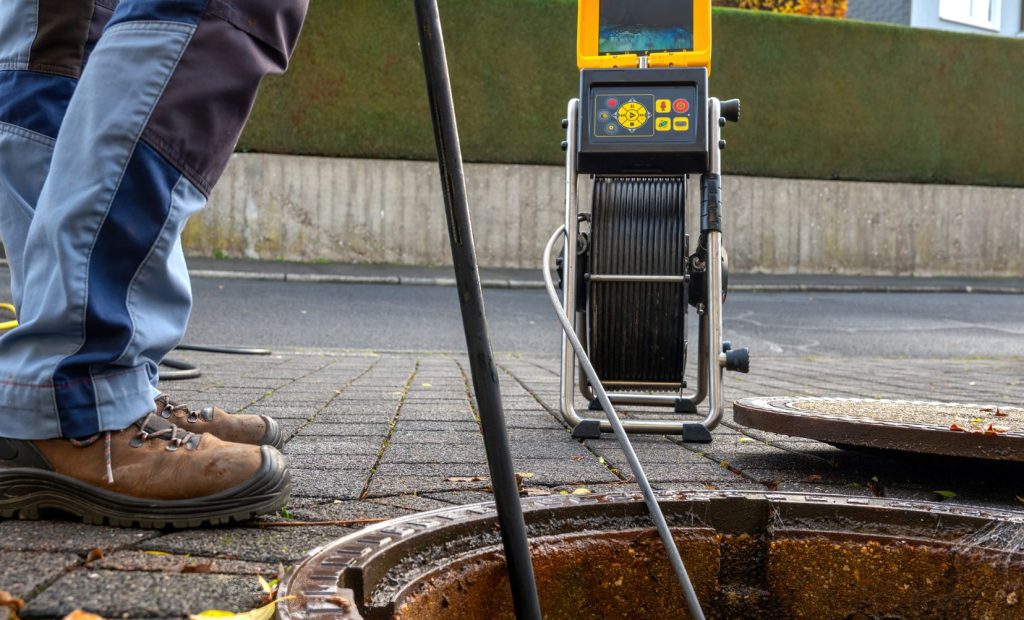
Whether you’re working on a residential extension or a commercial redevelopment, it’s essential to understand what lies beneath the surface. Existing foul and surface water sewers can run directly beneath a proposed footprint or extension area, which can trigger the need for a build-over or minor diversion application.
In our “Moving a sewer so an extension can be built” case study, a homeowner discovered a 225mm foul water sewer during excavation. Fortunately, the client had already applied for a minor diversion, allowing us to relocate the manhole and 10m of pipework without delaying the build. But many others aren’t so lucky.
Top Tip: Commission a CCTV drainage survey before finalising layouts. This helps you identify constraints early and design around them.
2. Misjudging the Impact of a Water Connection
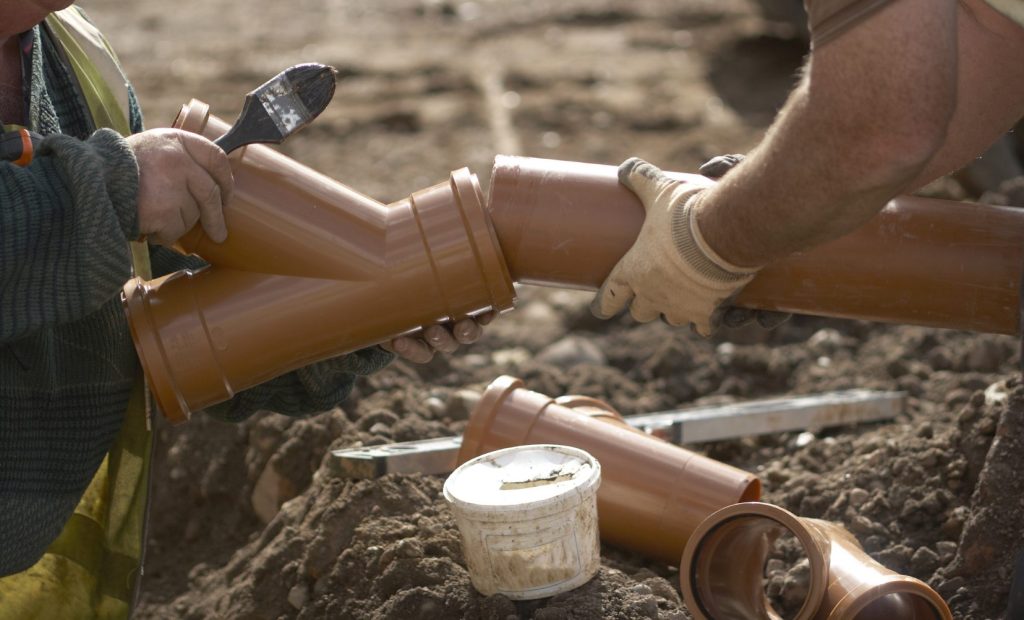
Connecting a new property or lateral drain to a public sewer often requires permission from a Water Authority (Thames Water, Anglian Water & Southern Water), including Section 106 applications and design approval. What seems like a straightforward connection on paper can quickly become complicated when dealing with Victorian infrastructure, deep sewers, or limited site access.
We tackled this challenge in our “Foul water sewer connection into Victorian main” project, where a 100mm lateral was connected into a 1140mm x 790mm Victorian brick-built sewer under a single-lane road closure. By using a core-drilled saddle and working within tight constraints, we completed the job on time—but only thanks to thorough early planning and coordination.
Top Tip: Engage drainage specialists early in the design phase so you understand what type of connection is required and what permissions need to be obtained.
3. Placing Foundations Over a Public Sewer
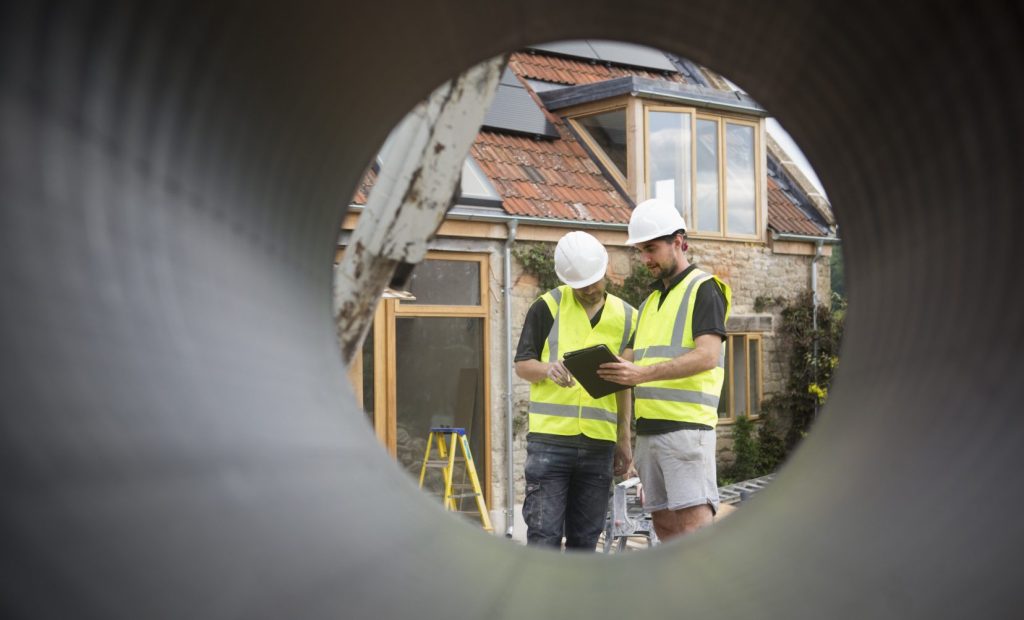
This is a common issue in domestic extensions and small developments. If your foundations or structural works fall within 3 metres of a public sewer, the water authorities will likely require an engineered solution to protect the pipe—or reject the proposal altogether.
We’ve worked on projects where clients had already begun building, only to be forced to pause due to a pipe running directly beneath a new wall. In these cases, a diversion or strengthening works may be required, which could delay progress and add unplanned costs.
Top Tip: Reference sewer records during the concept stage, and consider a sewer scan before issuing construction drawings.
4. Underestimating the Time Required for Permissions
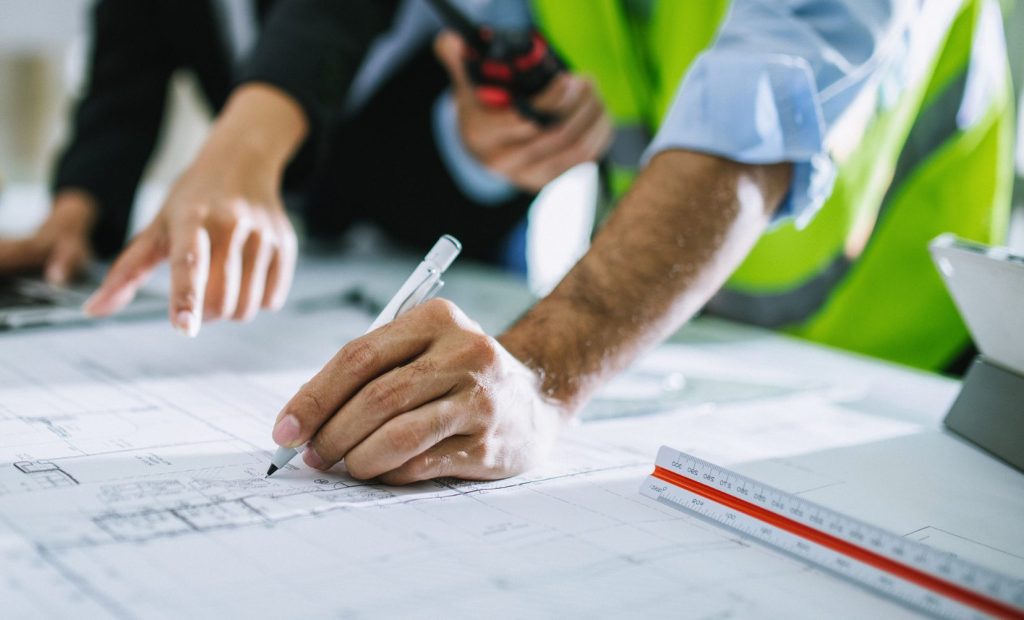
It’s easy to think that once your drainage design is finalised, the job is done. But approvals can take several weeks—longer if there are inaccuracies in your application or if the existing drainage isn’t well documented.
In a previous project, the redevelopment of Shell’s flagship forecourt revealed a drain filled with concrete by a previous contractor. We were brought in to investigate and ultimately replaced a 4m section of defective pipe with a new system, installing a 1200mm chamber to Sewers for Adoption standards. Early surveys and approvals could have uncovered the issue sooner, saving valuable time.
Top Tip: Factor in 4-6 weeks minimum for water authorities approvals, and engage with experienced drainage contractors who can advise on accurate, complete submissions.
5. Choosing the Wrong Connection Method for the Site
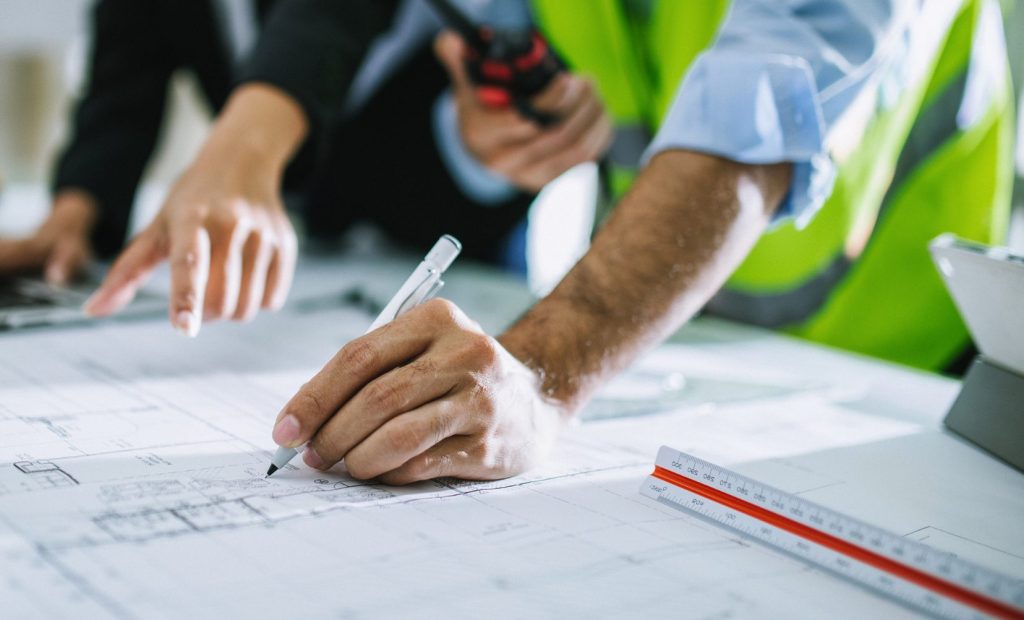
From core-drilled saddles to timber headings and trenchless technology, there are multiple ways to connect to a public sewer—but not all are suitable for every project. A wrong choice can result in unnecessary costs, delays, or damage to existing infrastructure.
Our “Controlling costs with a timber heading” case study shows how we avoided the high cost of Red Route closures by using a trenchless timber heading method to make a lateral connection beneath a central London street. By tunnelling from the site boundary, we avoided disrupting traffic and reduced project costs.
Top Tip: Let your drainage contractor recommend the connection method based on site constraints, access, and surrounding infrastructure.
As an architect, your focus is rightly on design, structure, and space. But drainage is one of those invisible systems that, when ignored, can bring even the best plans to a grinding halt. Working with drainage specialists early helps you de-risk your project, avoid avoidable redesigns, and keep your client’s timeline on track.
If you’re planning a project that may involve a public sewer, or just want peace of mind before breaking ground, contact Premier Drainage Solutions today. We’ll help you navigate the process from survey to connection with minimal disruption and maximum clarity.

